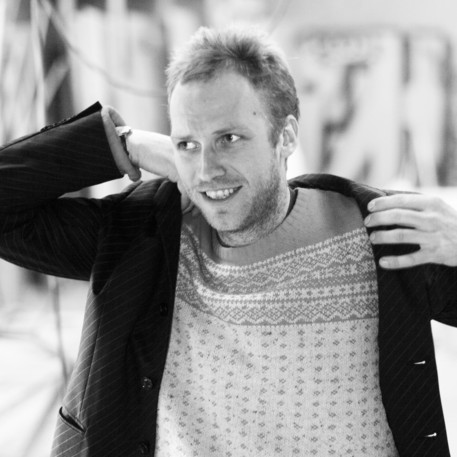The Best for the Most for the Least
To this day, I never think of myself as a designer or as someone involved in fashion. Always having had more interest in processes, rather than in tangible products, I never aspired to design. When I applied to the Fashion Programme at Design School Kolding, I did so reluctantly; I didn’t know any other way of approaching what I really wanted to do, which was to communicate, curate and comment.
During my time at Design School Kolding, I felt at odds with my surroundings, my course leaders and my fellow students. This was the era of the Antwerp Six, Comme des Garçons, and Helmut Lang, a time when fashion schools were purist and all about artistic expression. What I wanted was to talk about how fashion was influenced by culture and culture by fashion and to better understand why we all tend to gravitate towards the same things. I was more interested in understanding the collective mind than I was in unlocking the secrets of draping or honing in on my fashion illustration skills. I graduated from the Fashion Programme short of a final collection – concluding three years of avoiding designing apparel.
Whether it was my inadequate ability for artistic expression or maybe just an extreme case of procrastination, I spent a full decade working in trend forecasting, and retail and brand consulting before I (re)turned to the business of designing apparel.
When I did (re)turn it was because the opportunity to work within a commercial framework to design the best for the most for the least was too good to pass up. I soon found myself in charge of building a design team, a collection and later a brand. What I lacked in experience I guess I made up for in conviction, vision and a strong sense of consumer wants and needs. I had a lot of room for creative expression, an abundance of support and an ongoing dialogue with my then commercial counterpart, boss and mentor.
I think about garments in terms of ideas and concepts. My approach is methodical and systematic. I am more concerned with the larger context than the individual piece. I am preoccupied with a garment’s reference point; its origin; what it stands for and how relevant it is today. I try to create very simple frameworks and clear briefs for myself and the team I work with. Designing is neither exclusive nor personal to me; it’s all about the dialogue and the team.
I am being credited with championing simple unfussy minimalism.
But what continues to inspire me are the mid-century modernists – Charles and Ray Eames, George Nelson, Arne Jacobsen and Alvar Aalto among many others, who changed how we recognize, relate to and surround ourselves with well-designed spaces and products by integrating clean simplicity with nature, and by exploring new materials, processes and manufacturing methods and merging functionality and quality in order to bring better design to more people.




